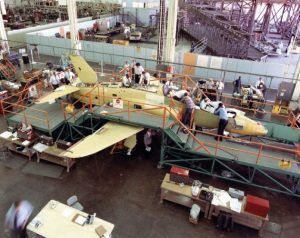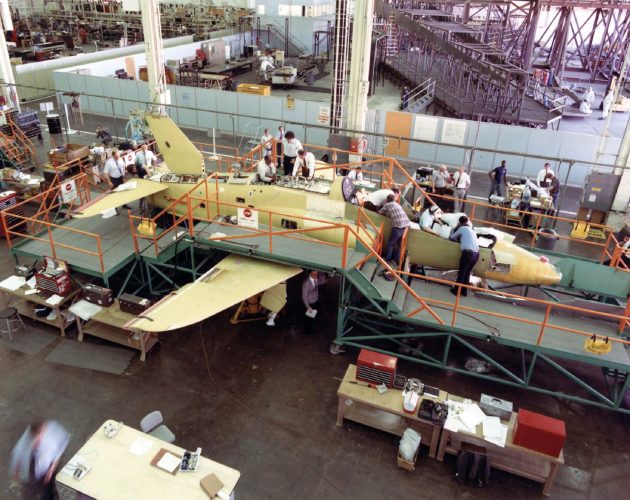By Sarah-Claire Jordan
 Aerospace is one of those words that sounds more complicated than the concepts it represents. All it really means is anything related to flying in the atmosphere (airplanes, jets, etc.) and beyond (space shuttles, satellites, rockets, etc.). To accomplish anything in the aerospace industry, however, teams of people with different expertises such as engineering, science, and even business must work together to get a project off the ground, literally.
Aerospace is one of those words that sounds more complicated than the concepts it represents. All it really means is anything related to flying in the atmosphere (airplanes, jets, etc.) and beyond (space shuttles, satellites, rockets, etc.). To accomplish anything in the aerospace industry, however, teams of people with different expertises such as engineering, science, and even business must work together to get a project off the ground, literally.
Though many countries have their own aerospace programs, there are also a multitude of opportunities for these programs to work with each other. A good example of this would be the International Space Station, which helped to broker peace, at least in space, between the U.S. and the former Soviet Union. Beyond working directly together, however, different nations tend to share their new technological developments with the rest of the world.
For translators, this means that the aerospace industry is not a bad industry to focus on. Just like any other field related to engineering and science, there are specific terms that need to be learned and used correctly and are always changing. The cultural exchange of tech information in general means that words from other languages can be adopted by anyone to describe different processes, parts, methodologies, and more. A good translator will stay on top of aerospace industry news and learn all they can about any changes.
There are many kinds of documents that need to be translated in the aerospace industry. Technical manuals are very important in this industry, as many projects go through various phases, from design and testing to actual use. It is important that information obtained from each phase is properly explained for those who will work on the next phase, be they in the same country or not. Misplaced commas, undotted i’s and other minor details could mean a misunderstanding of a measurement that results in a failed project and lost money.
Legal issues can also come into play for aerospace projects. An aerospace engineering firm might be contracted by the government of a country they don’t normally work with. There would be a business contract drawn up, with legal agreements spelled out, but in the country’s language. This would have to be translated into the firm’s language, with all of the legalese accurately rendered to allow those involved to understand exactly what is expected of them legally. This is just one example of when translation would be needed for legal contracts related to the aerospace industry.
Finally, if we are talking about a new kind of product, like a whole new model of airplane designed to carry more passengers longer distances, marketing is also extremely important. Just because engineering and science are involved doesn’t mean aerospace technology gets to take a pass when it comes to making sure the right companies, organizations, and people know about new technology on the market. Since practically every country in the world has at least one airline, the marketing campaign for a new airplane model would need to be translated and localized for each target market, just like any other product.




